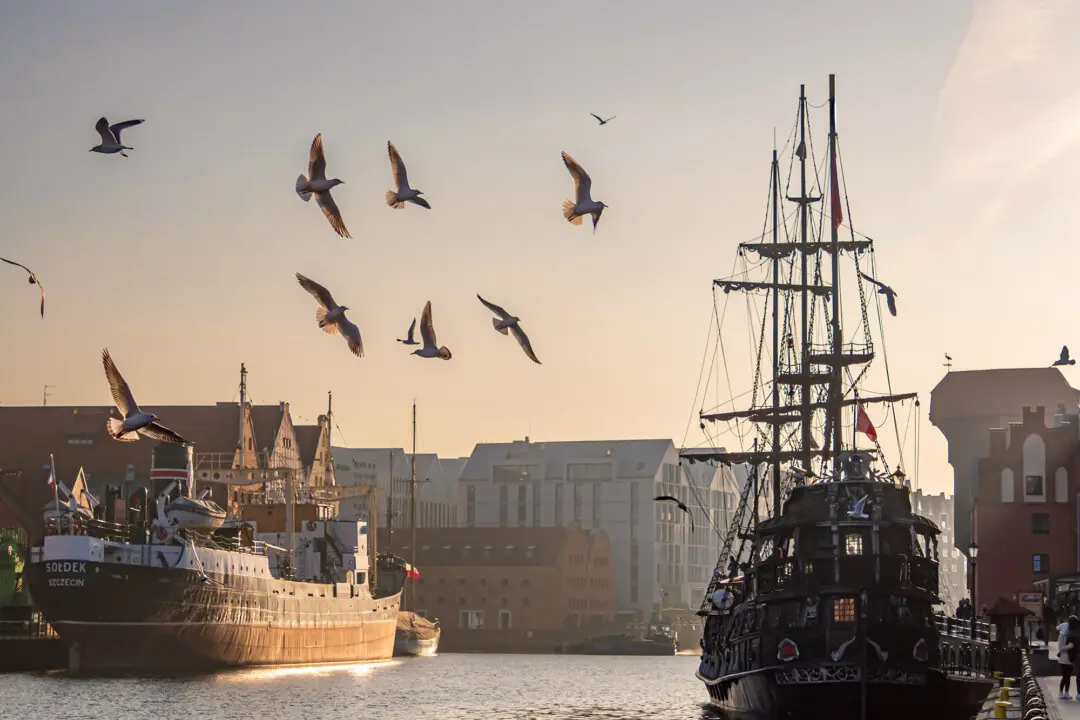It can be a bit difficult, searching for something that’s invisible—but that was the mission, today. Heading north out of the capital, Quito, the grind and gridlock of the city quickly fell away. The highway was busy, and a bit gritty, with big diesel trucks carrying their cargo across the country. But it was rather lovely, too, descending and then winding and climbing back up through the Andean foothills.
We made a couple surprise stops along the way. First: a pilgrimage site. In a small, charming village, sunny buildings surround a central square. Here, a farmer saw the image of Christ’s outstretched arms in a tree. People came from all around to see this miracle. Those limbs are now preserved inside a church, the Sanctuary of the Lord of the Tree, in a glass case. While we found the front door locked, we were still able to peer through the window and see them.





